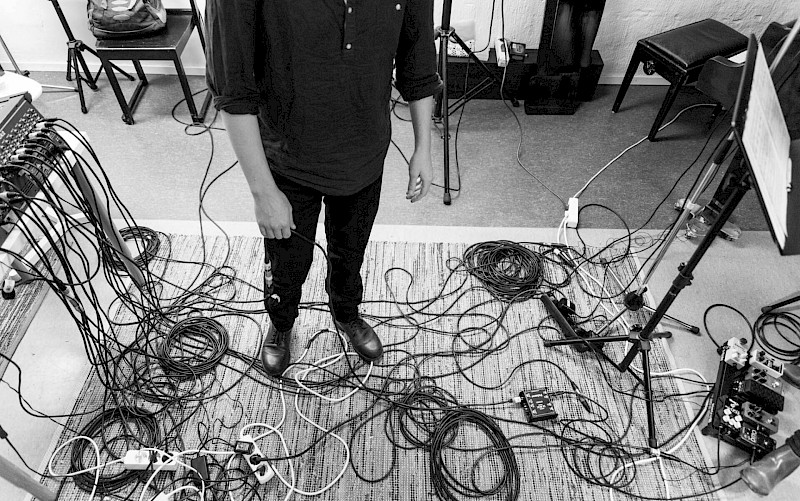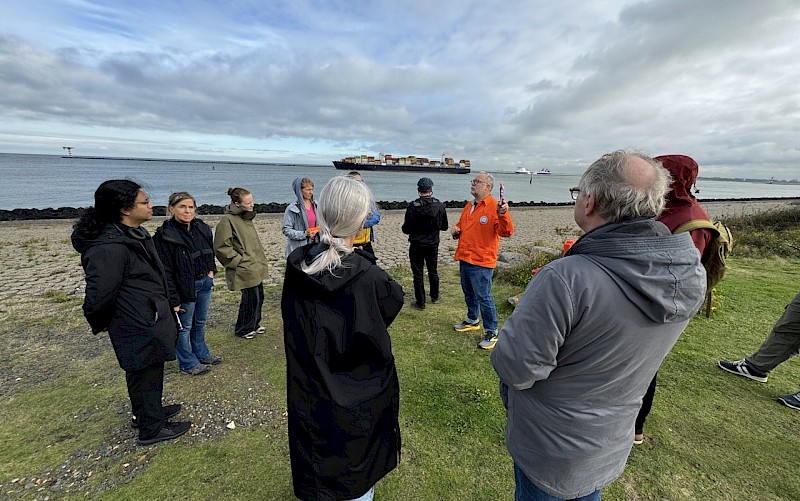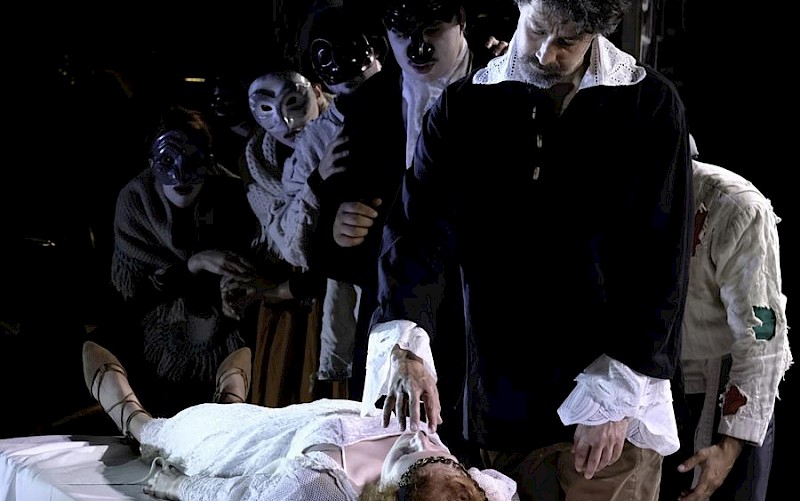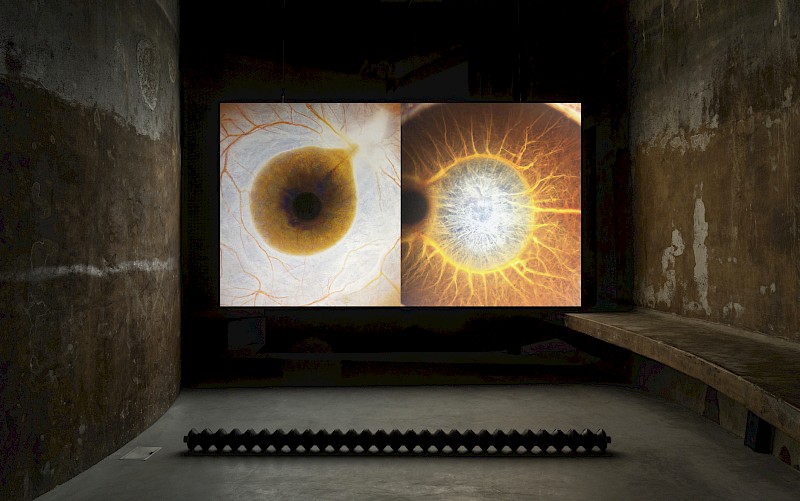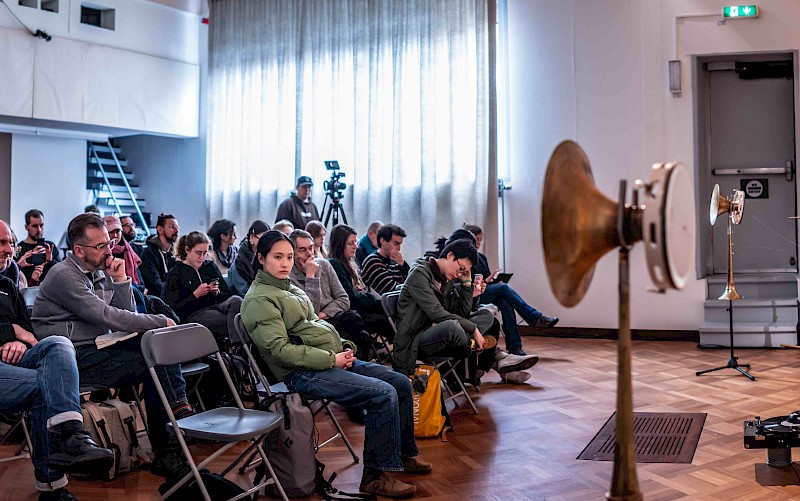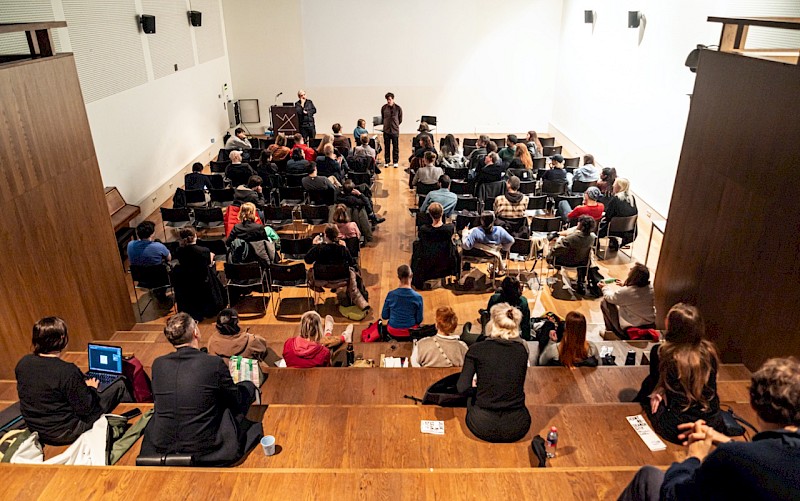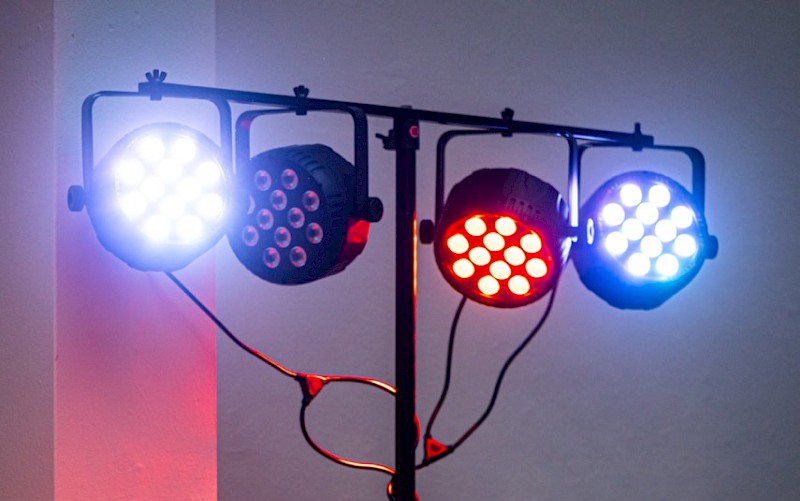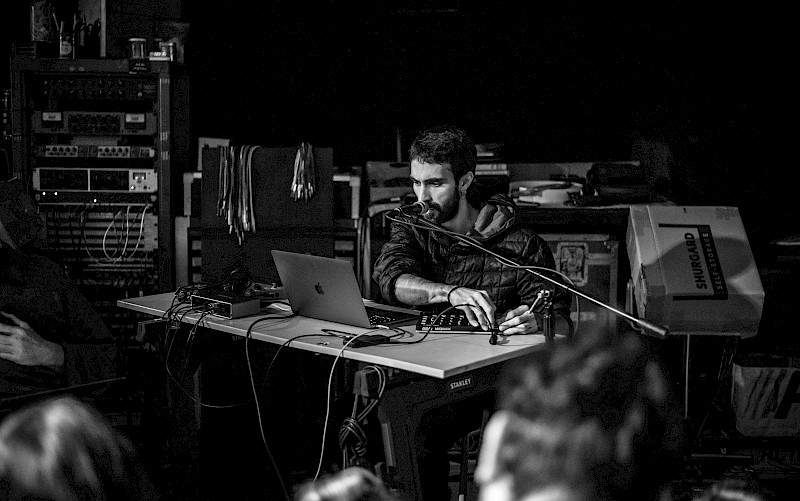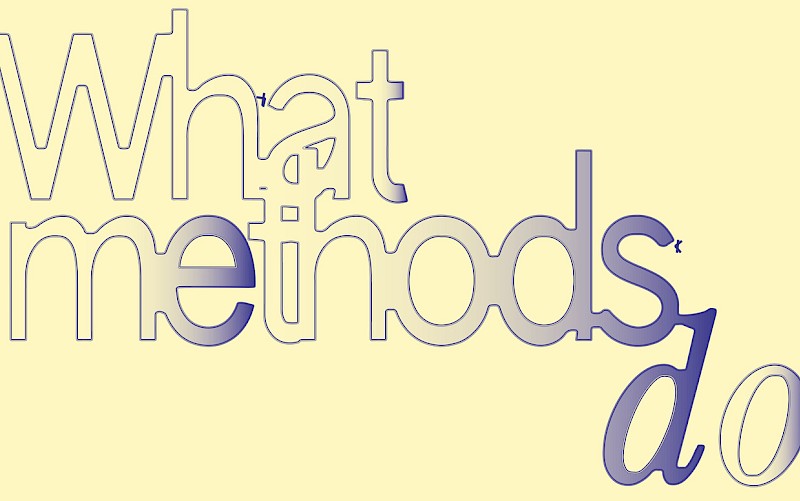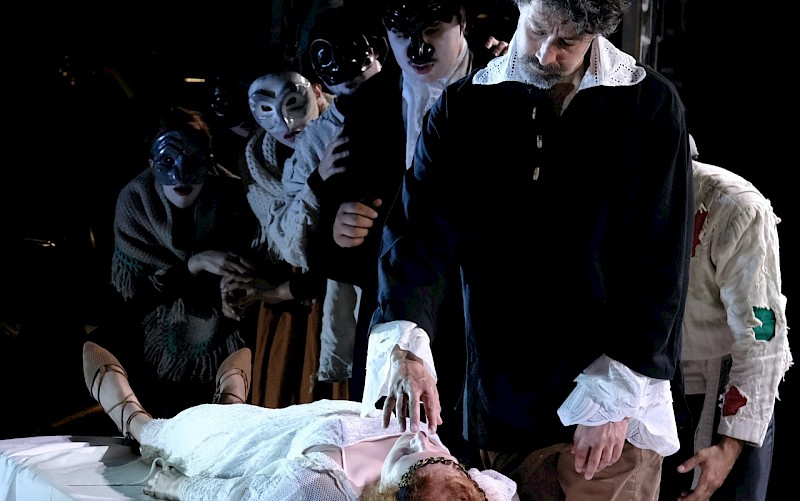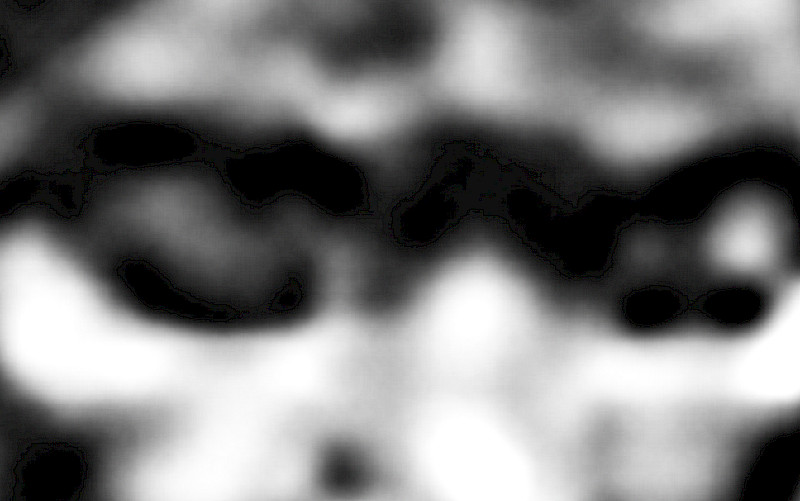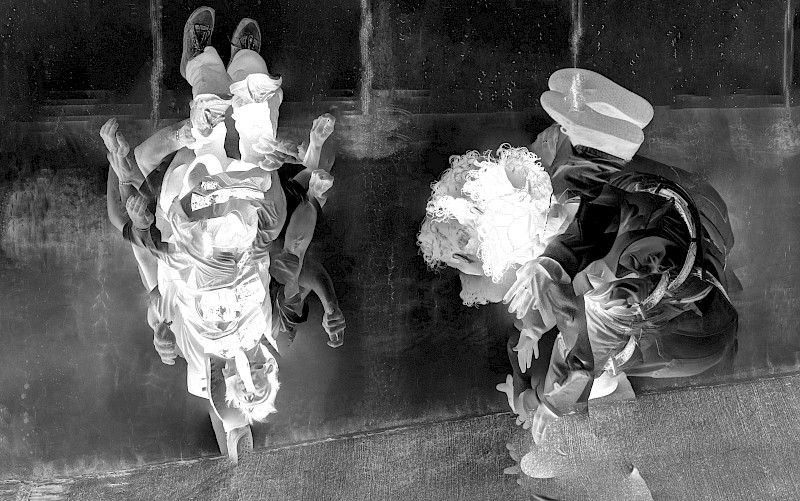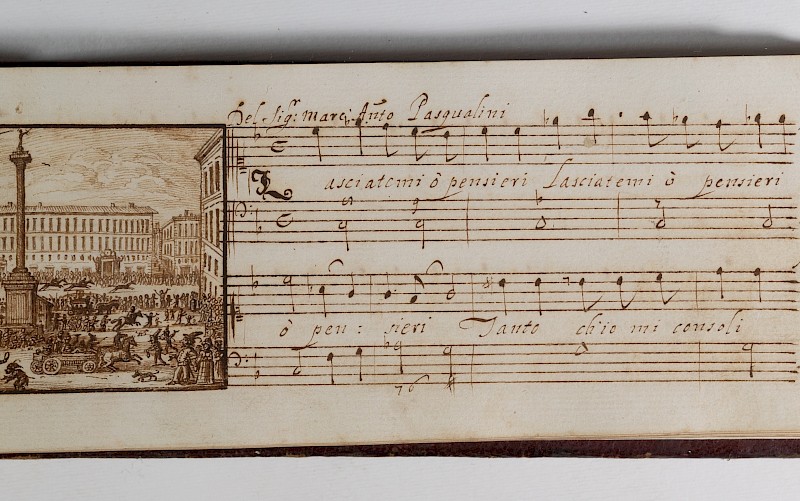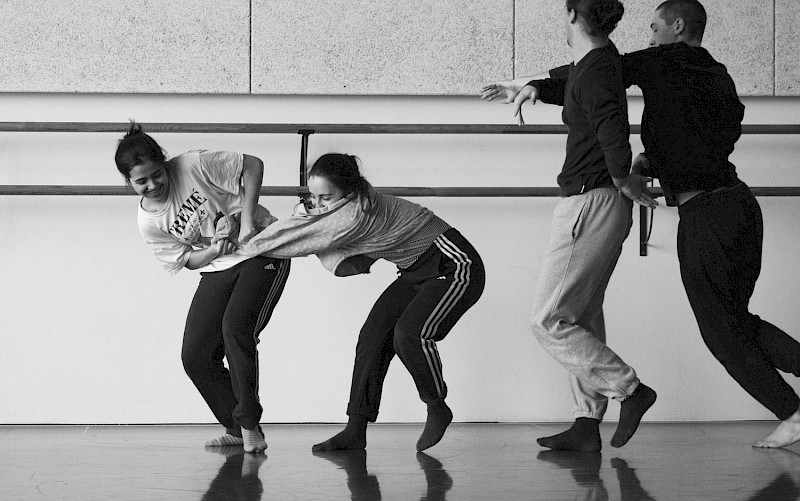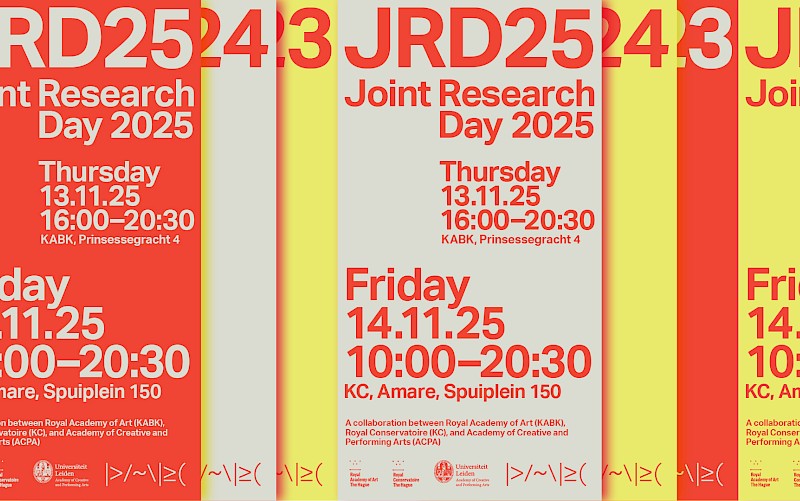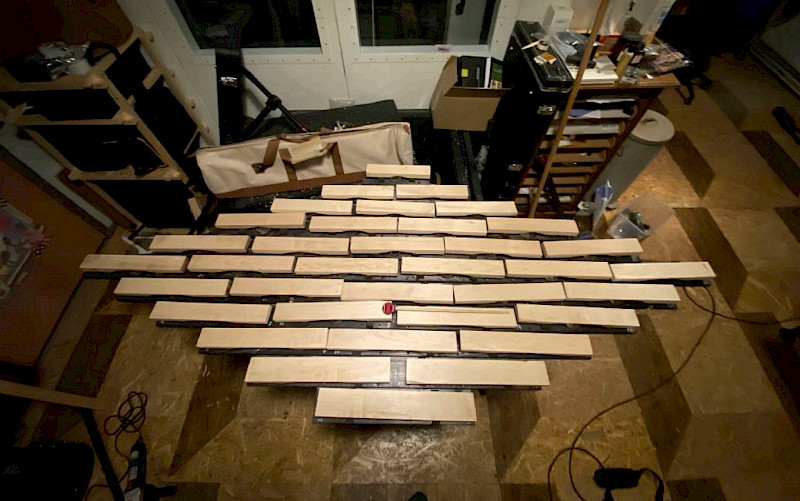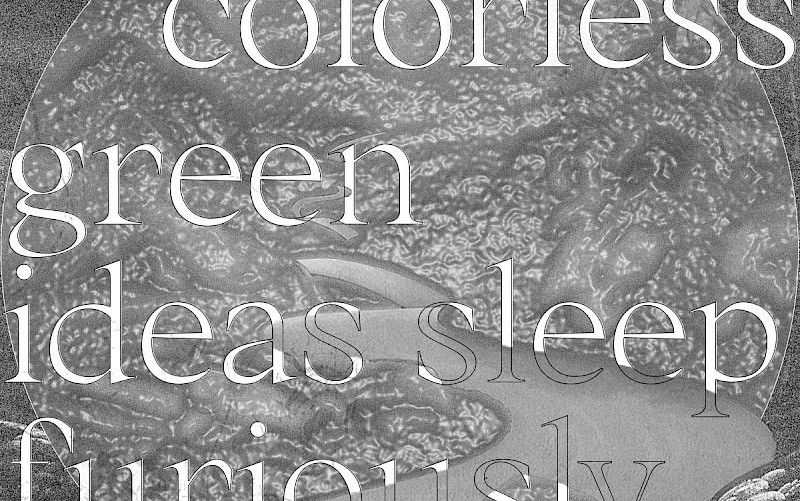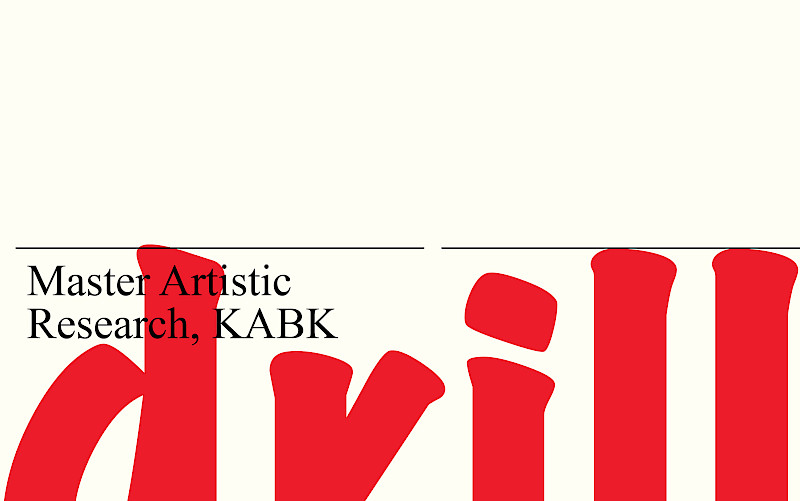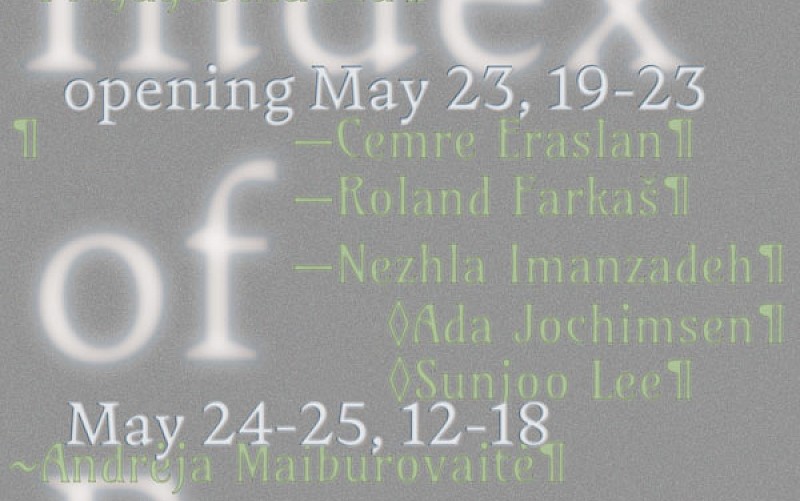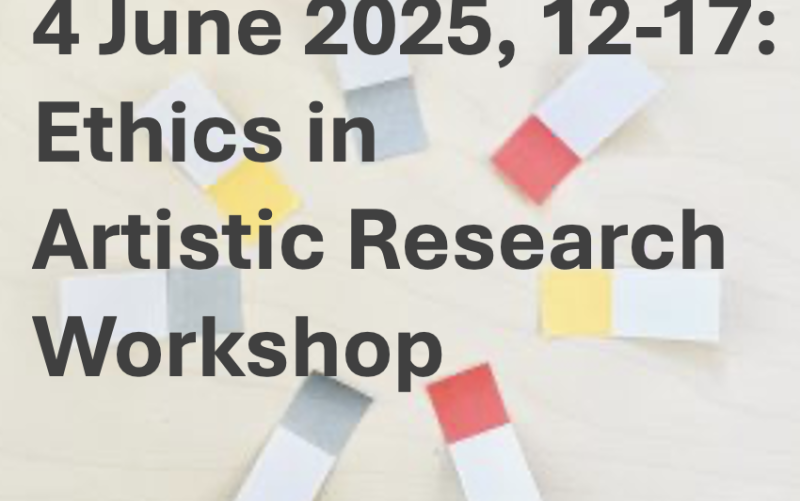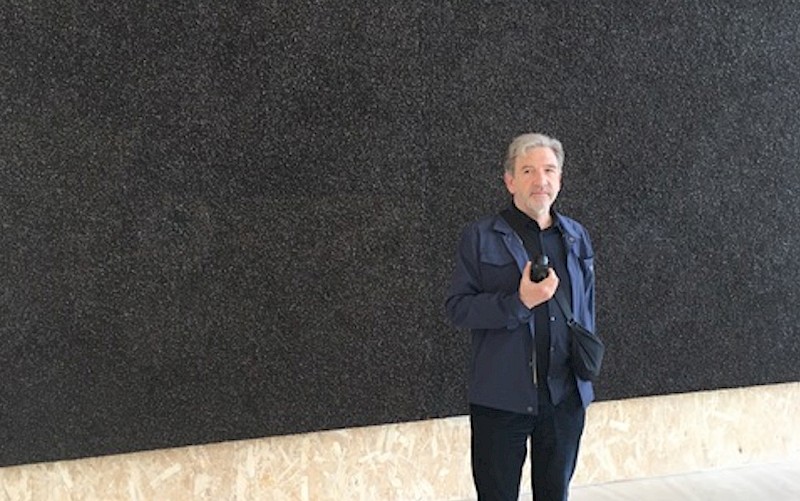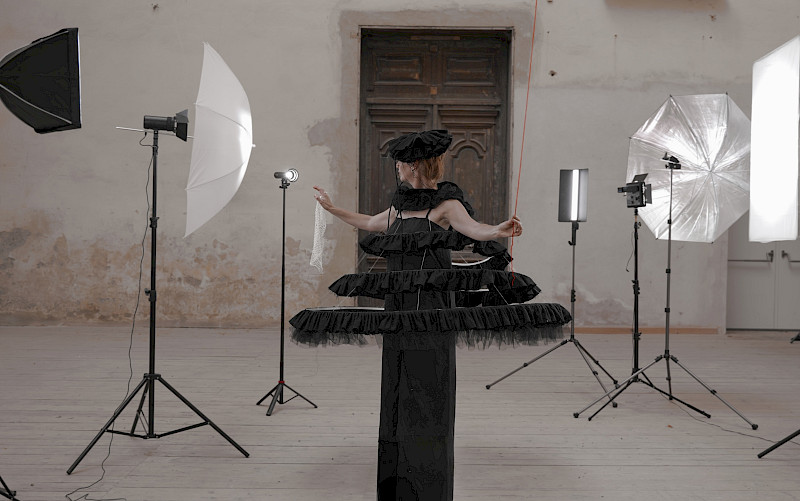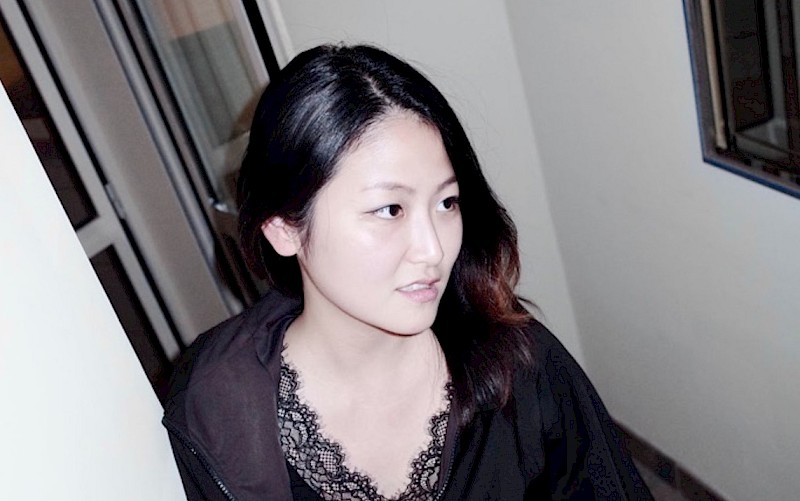Typeface design for visually impaired children
Due to the low quality level of visual input they receive in the form of printed text, beginning visually impaired readers are at a disadvantage in comparison to their peers. In the past, typography has often been looked upon as a useful instrument to improve the legibility of the printed reading material that is being offered to children with low vision. However, the legiblity research efforts that were at the base of this conception were not always of good quality. In cognitive science for example, many efforts were made that were methodologically correct, yet the test material (the used typefaces) had little to do with reality. Many typefaces that were supposed to improve legibility were also suggested by typographers themselves, but the reasoning behind them was hardly ever sufficiently methodologically supported. Moreover, most legibility research focused on people with low vision in general, ignoring the fac t that visually impaired children constitute a very particular group with specific issues. This doctoral research project by in design, by Ann Bessemans, seeks to shed a light on legibility in the context of visually impaired beginning readers. Starting from these findings and from a legibility research a first step is given to design a typeface that will be able to provide support for the target group of visually impaired children in the first stages of the reading process.
Author: Ann Bessemans
